 Silvered Antbird (Sclateria naevia)
Silvered Antbird (Sclateria naevia)
 Silvered Antbird (Sclateria naevia)
Silvered Antbird (Sclateria naevia) |
 |
| Pictures (click on them to enlarge) | ||
|---|---|---|
 © Carl Beel | 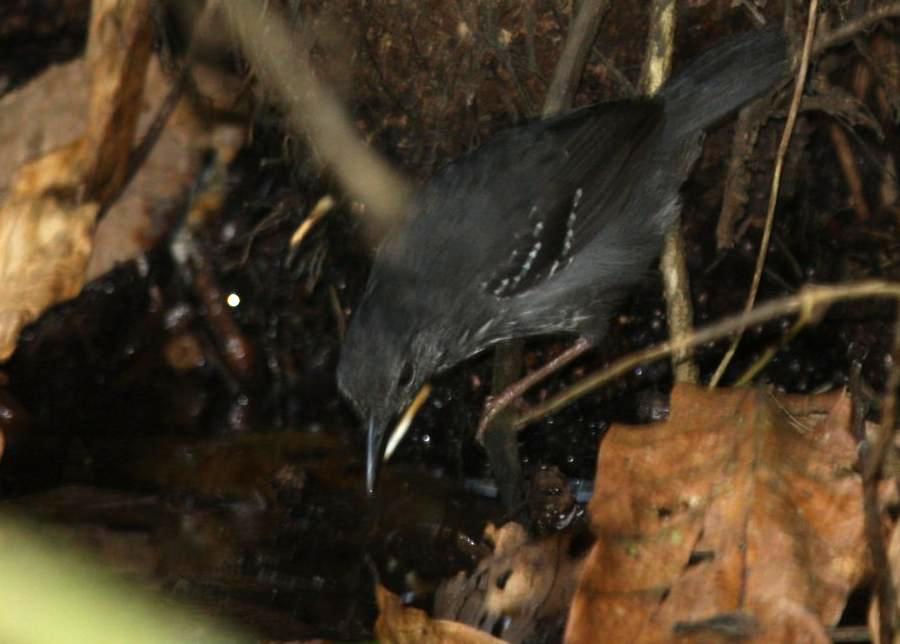 © Carl Beel | 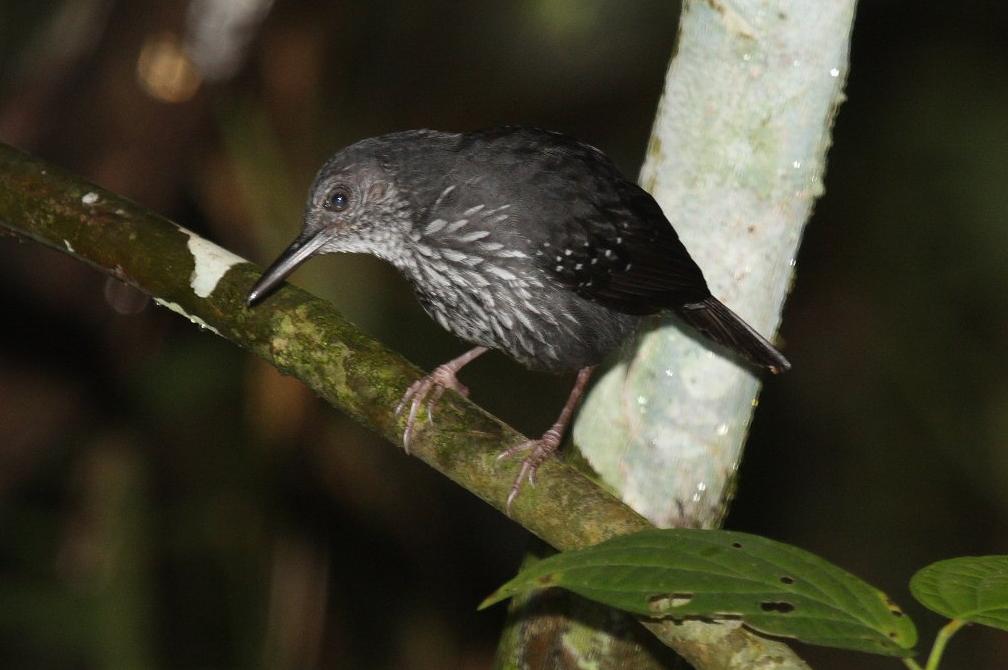 © Ward Vercruysse |
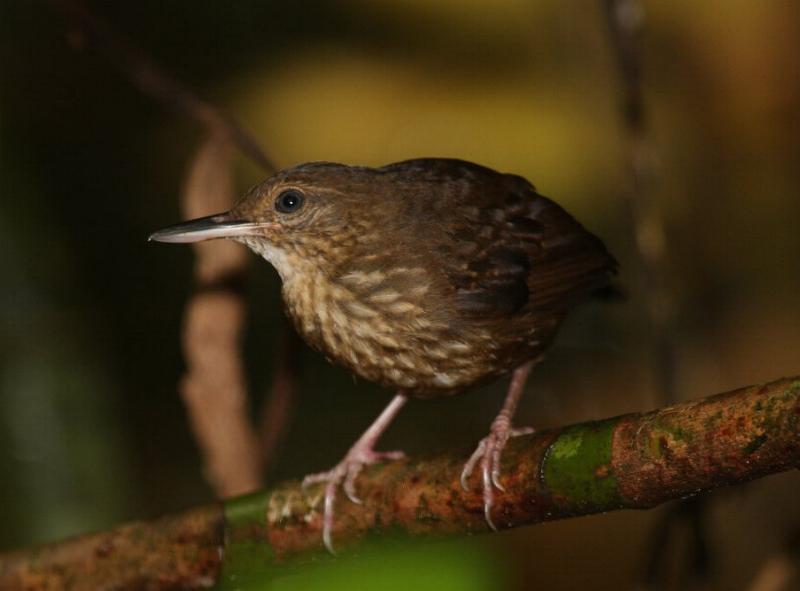 © Ward Vercruysse | 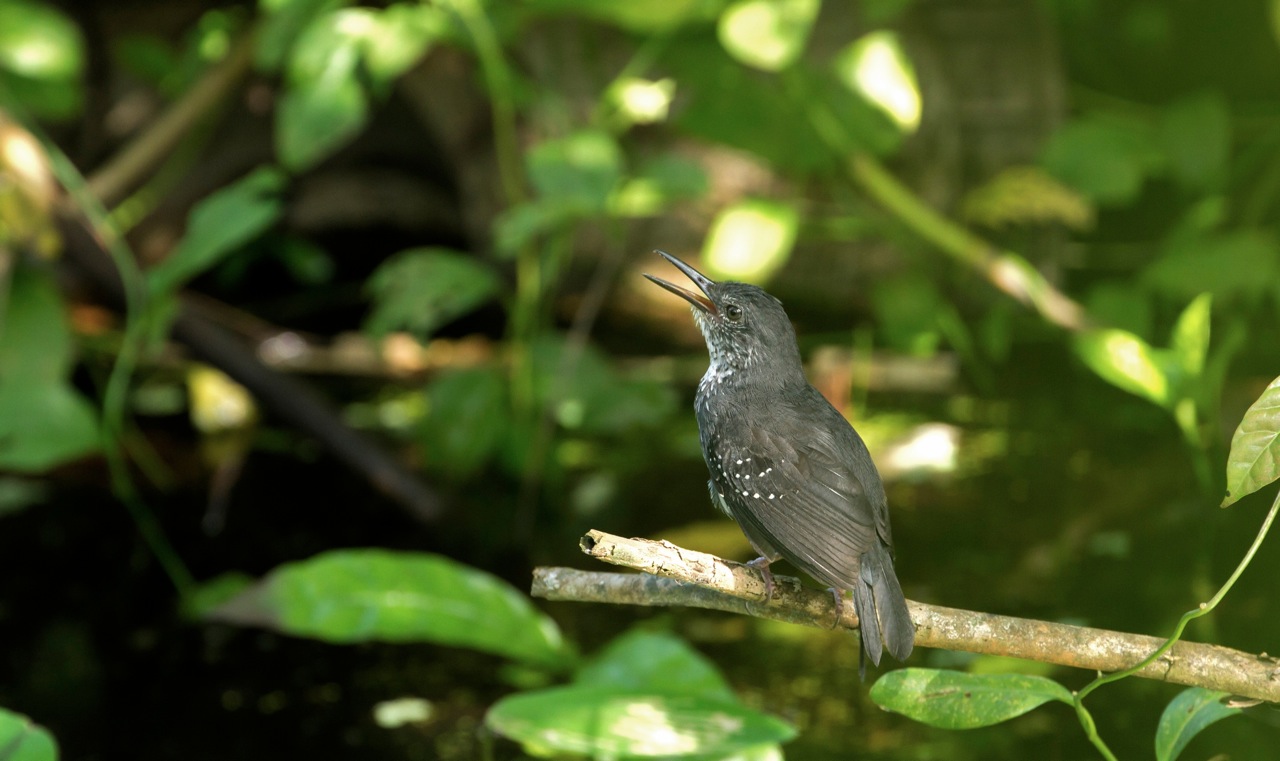 French Guiana © Michel Giraud-Audine | 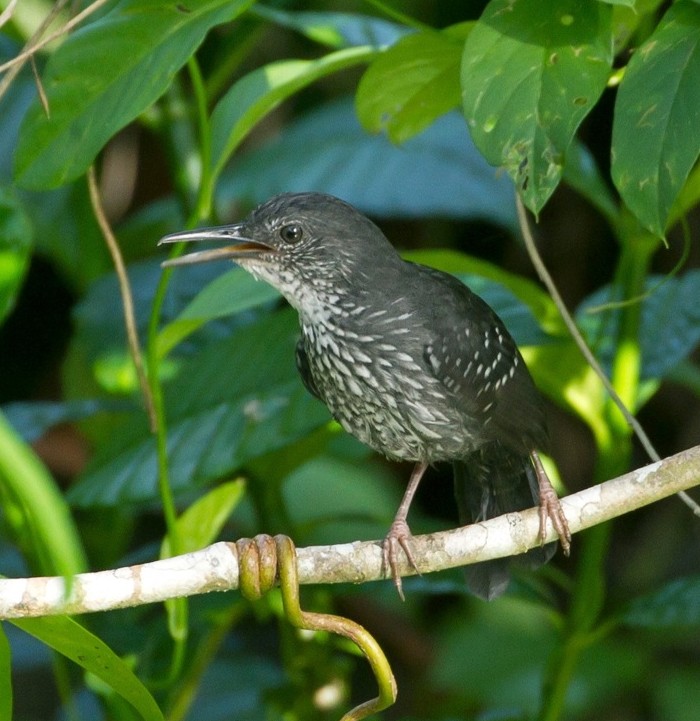 French Guiana © Michel Giraud-Audine |
| The Silvered Antbird is common in the coastal region in dense undergrowth near water, as in the mangroves or along creeks. It is often seen in pairs. The sound of the Silvered Antbird, clear notes, was taped by Otte Ottema in Overbridge, Suriname in October 2004. Carl Beel Made photos of a male Silvered Antbird with its long bill in Suriname in November 2008 (the first two pictures) and Ward Vercruysse the last two, a male and female at Peperpot in 2009. |
| Birdsounds (click on them to listen) | ||
|---|---|---|
| Sound recording of a Silvered Antbird © Otte Ottema, bird guide |
|
|
||||||||||||||||||||||||||||||||||||||||||||
| Observations through the year | Observations of breeding through the year |
|---|---|
| The 361 reported observations of this bird in Suriname, mainly for the last 50 years up to 2018, have been grouped by month. More birds on one day are counted as one observation. Of course, if the graph should depict the total number of birds seen, the differences between the months could be much more pronounced. | The reported breeding observations of this bird in Suriname. Most observations are about nest with eggs, some about fledglings, or feeding at a nest or the building of a nest. Of the about 5000 nests and eggs found for all species together, about 1/3 comes from the egg collection of Penard between 1896 and 1905. For some reason most collecting then was done in the first half of each year, so the shown distribution does not necessarily reflect the actual breeding preferences. The main dry season in Suriname is reckoned to be from half August to the end of November, the main wet season from half April to half August, but the the timing of begin and end does vary from year to year. Around March a second dry season often occurs. |